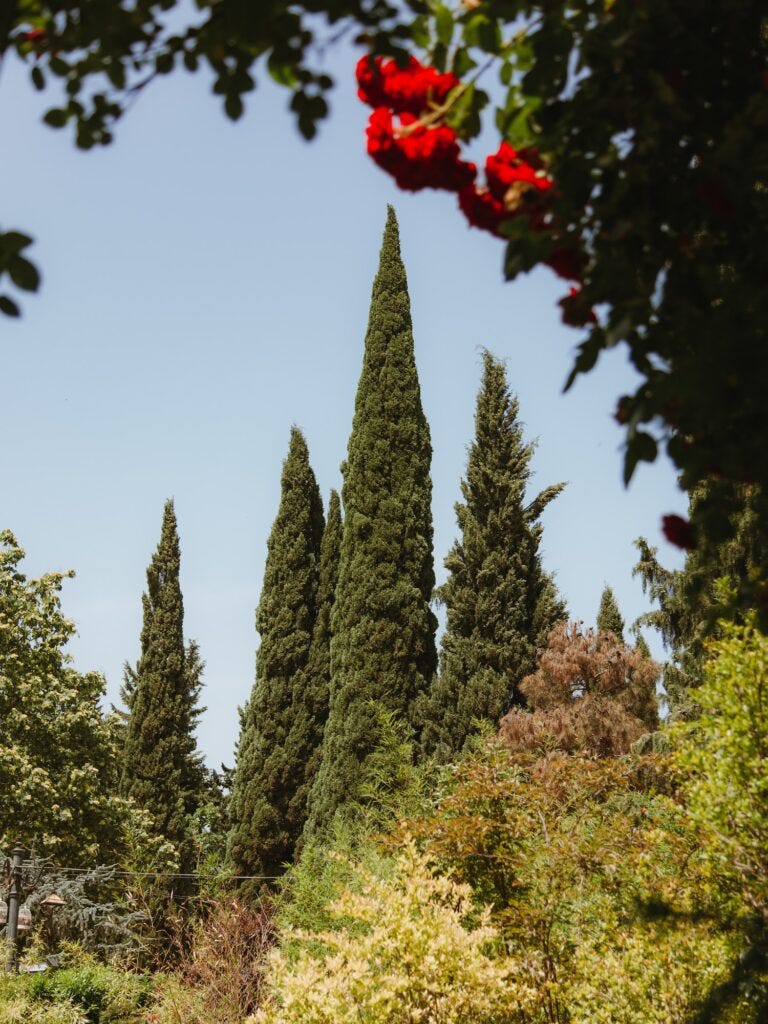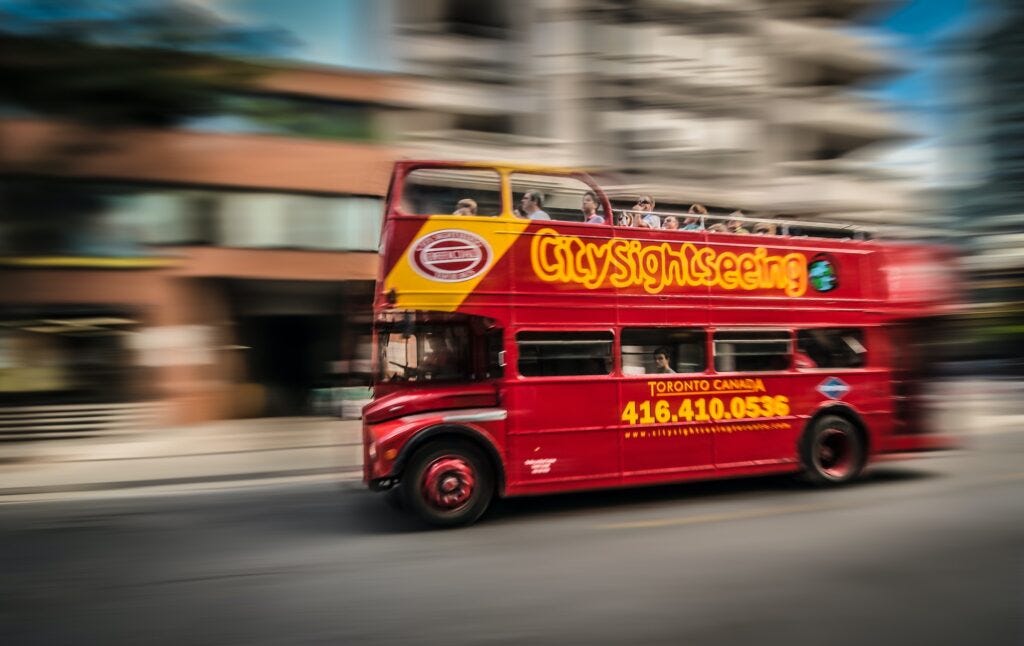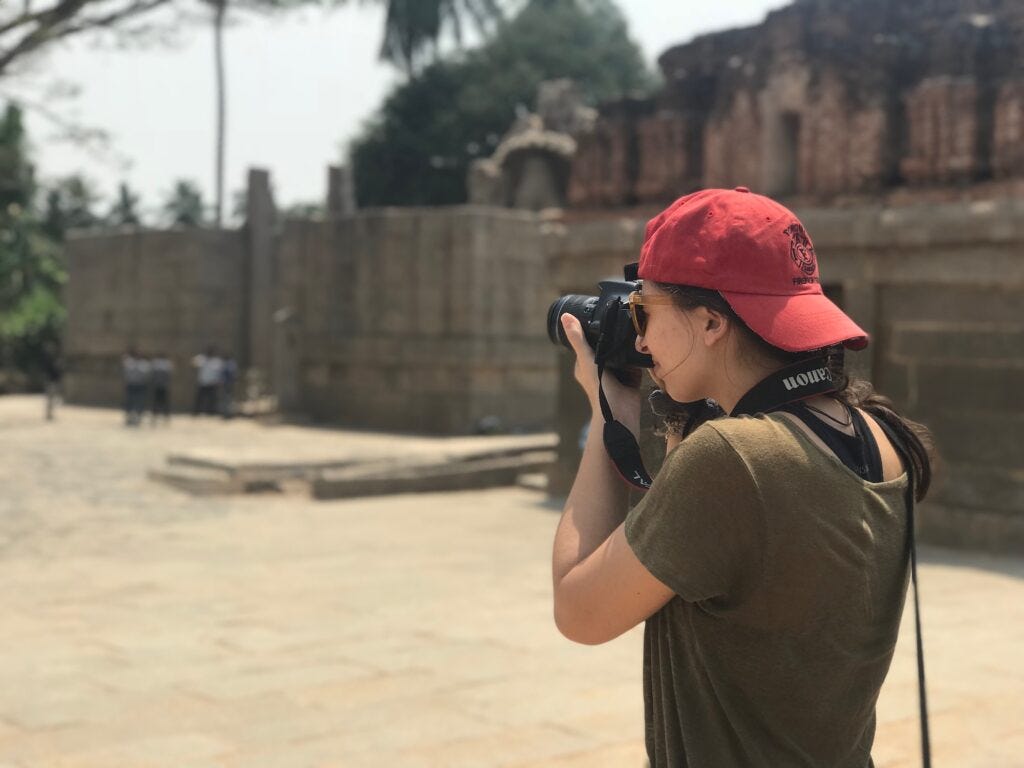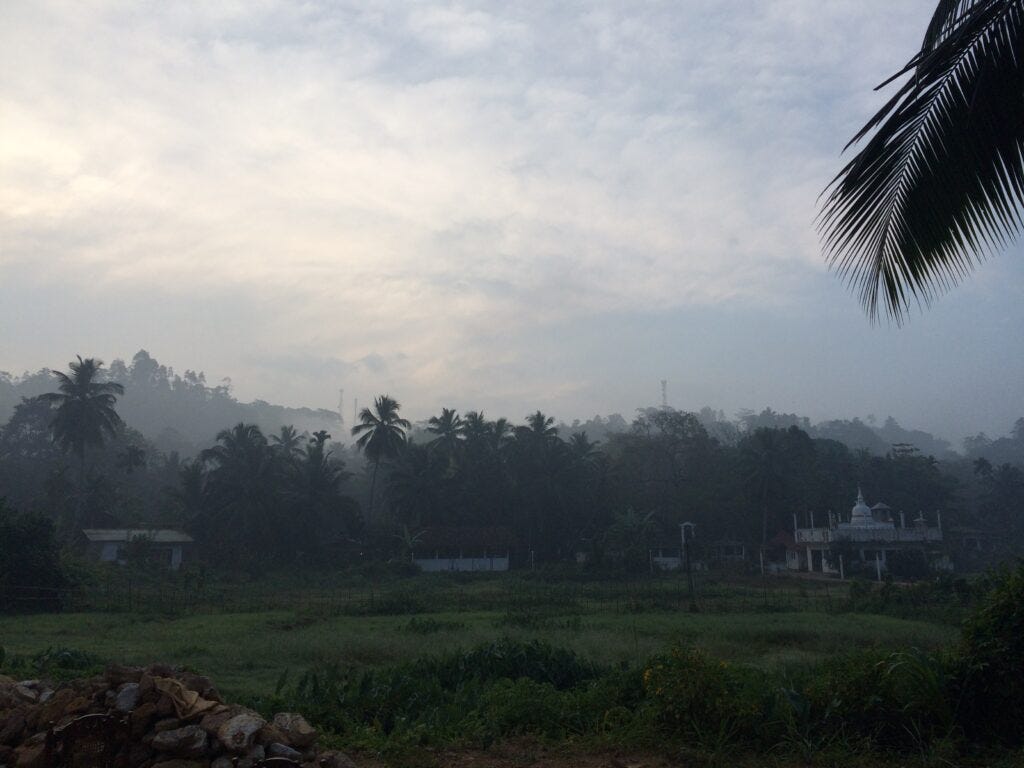The Impact of Taking Photos On Our Travel Experiences
What’s one item that you would NEVER want to forget before catching the flight on your next trip?
I bet that one of those items is your camera. It’s one of mine too.
I love taking photos (sometimes I like to be artsy and pretend like I’m some kind of photographer), and in truth they are my most treasured items I collect throughout my travels. That is, aside from all the memories I have collected in mind, which I argue is more powerful (check out this post for more on that).
If you haven’t yet subscribed to this Substack, do that now to get my two FREE guides ‘Money Saving Tips for a More Meaningful Trip’ and ‘How to Prepare and Pack for Your First Solo Trip’.
Today I’m going to be discussing what might influence us to travel, and how photographs might be tricking us into paying less attention to our surroundings.
If you missed the last few Travel Thought blogs, I suggest you check out this one about Sublime Places, and this one about Nature’s impact on us.
Remember if you’d like to listen to me instead of read you can always check out my Youtube channel.
Like last week I will be sharing excerpts from The Art of Travel (Alain de Botton, 2002). If you enjoy discussions like this, I highly recommend checking out this book!
Cypress Trees Before Vincent van Gogh
In The Art of Travel, de Botton cites information from many influential people. One of which is the famous painter Vincent van Gogh. The following excerpt shares de Botton’s thoughts on how art made Provence popular.
…the Wye Valley was filled with tourists, as were the mountains of North Wales, the Lake District and the Scottish Highlands, a trend that seems perfectly to confirm the contention that we tend to seek out corners of the world only after they have been painted and written about by artists.
The theory must of course be a sharp exaggeration, as sharp as the suggestion that no one paid any attention to fog in London before Whistler or to cypresses in Provence before van Gogh. Art cannot single-handedly create enthusiasm, nor does it arise from sentiments of which nonartists are devoid; it merely contributes to enthusiasm and guides us to be more conscious of feelings that we might previously have experienced only tentatively or hurriedly.
But that may—as the tourist office in Arles seemed to understand—be enough to influence where we choose to go next year.
(Alain de Botton, 2002).
I realize that most of us (unless you are a big visual art fan) aren’t predominantly influenced by art for our travels, but we can draw a parallel to something that is much more relevant to the present day—social media.
Social media affects our subconscious is many ways, so it’s not hard to imagine how pictures or videos of certain places may take up space in our mind and potentially make an impact on where we choose to go to next.
We see pictures of our friends online, amazing landscapes and adventures in movies, and (if you’re like me) imagine yourself as a protagonist in a particularly enchanting book.
Of course, it’s not likely that social media is going all the work in our decision making, however as de Botton puts it,
It may be enough to influence where we choose to go next year.
Sketches VS Photographs
Another individual de Botton writes about is John Ruskin, who taught drawing (he calls it word-painting) and emphasized it’s importance in how we perceive our surroundings.
Ruskin was delighted by the invention of photographs (he refers to them as Daguerreotypes below) but realized they had a negative effect on the majority of those who used them.
What, then, was wrong with photography? Nothing, thought Ruskin initially. ‘Among all the mechanical poison that this terrible nineteenth century has poured upon men, it has given us at any rate one antidote,’ he wrote of Louis-Jacques-Mandé Daguerre’s invention of 1839. In Venice in 1845, he made numerous daguerreotypes and delighted in the results. To his father he wrote, ‘Daguerreotypes taken by this vivd sunlight are glorious things. It is very nearly the same things as carrying off a palace itself—every chip of stone and stain is there—and of course, there can be no mistakes about proportion.”
Yet Ruskin’s enthusiasm diminished as he began to note that devilish problem that photography created for the majority of its practitioners. Rather than employing it as a supplement to active, conscious seeings, they used the medium as a substitute, paying less attention to the world than they had done previously, taking it on faith that photography automatically assured them possession of it.
(Alain de Botton, 2002)
You can agree or disagree with this, but I do feel that Ruskin is right to some extent.
If we pass through places quickly, only stopping long enough to take a photo (which now takes us about a second) is that enough time to fully absorb what is in front of us?
Is the time it takes to take a photo enough to appreciate and remember the places we see?
Think of a tour bus taking a large group of tourists around an area. Most of the stops they make at landmarks likely last a few minutes. This is long enough to snap a picture, but how well will they remember all the details of said place?
When I think of all the blissful moments I’ve encountered, many of them I have a poor quality photo of at best (lots of moments of bliss I don’t have pictures of). Although it’s useful to have the photographs I do have, the real power is having the ability to mentally bring myself back to the moment and picture it again in my head (rather than looking at the photo).
Looking at photos doesn’t bring about a blissful feeling. If I had stood there long enough to absorb my surroundings with all my senses, then the moment was memorable and blissful.
Of course, I do take many photos myself, and I’m not here to tell you NOT to take photos. I also understand most of us don’t pack a sketch book in our backpacks.
I’m here to remind us that rushing through places (and snapping a few pictures) might be stopping us from having a more fulfilling and profound experience.
If this resonates with you I suggest you check out these excerpts from Full Tilt for some related excerpts on travelling slowly.
If we are looking for a more profound experience while we travel I would suggest the following:
Slow down—listen, smell, and taste if the opportunity is there—then once your mental and physical memory is complete, take the photo.
That’s all for today. I hope you found this interesting and helpful for you. If you did please share it with a friend.
Don't forget to Follow me on Twitter, Facebook, Instagram, and YouTube for more!
Next week I’ll be back with another Travel Thoughts blog—how we can bring the travelling mindset with us even at home! Subscribe to my email list so you don’t miss it!
Thanks for reading beautiful people!
Much love,
Dee
The post The Impact of Taking Photos On Our Travel Experiences first appeared on Danika's website.










